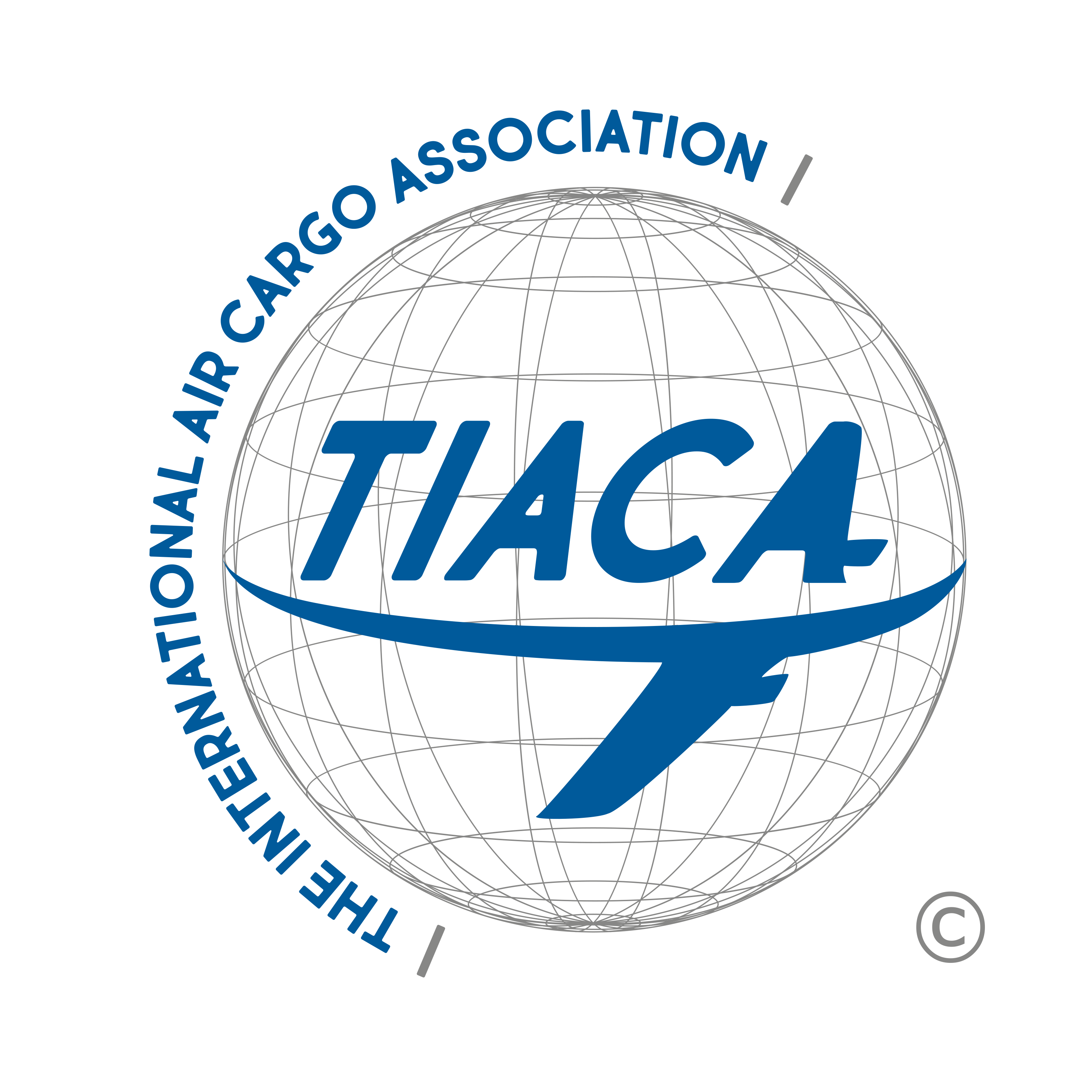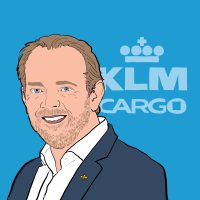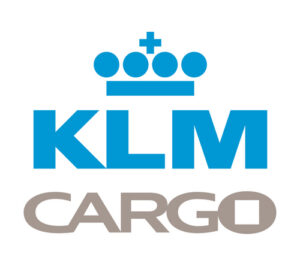Anti-Counterfeiting, Blockchain Ledger, Agentic AI and IoT
Article submitted by: KLM Cargo – a TIACA Trustee
Written by: Kester Meijer, Director Operational Integrity, Compliance and Safety – ISCM, KLM Cargo
In Air Cargo we move shipments from A to B, a simple job, right?! Think again: in today’s ever-changing geo-political context, trade and transport is the proverbial ball being kicked around in the power-play game around the world. It is overwhelming work when we look at the risk and liability topics that the Transport Service Providers (TSP) have to assess before moving cargo.
Let’s take counterfeit goods as an example. The EU Intellectual Property Observatory and the US National Intellectual Property Rights Coordination Center coordinate the respective government’s response to counterfeiting and intellectual property crimes. In a recent report[1] by EUIPO and Europol, they coined the term Poly-crime and identified interconnected risks. Take counterfeit Pharmaceuticals, a risk to public health, but even more a way of financing terrorism, which relates to the security risk of the bomb in the box.
These concerns and interests are aligned. Our customers – brand owners who are shippers – want to protect their business. The enforcement agencies want to protect the public and territories. We want to protect our crews, passengers, and assets. While modern criminal organizations operate like borderless modern multinationals, TSPs are bound by borders and jurisdictions. Fortunately, the EU IPO launched a project[2] to help enterprises, consumers, and EU economies address the counterfeiting of products by increasing supply chain transparency. To exchange information, the project focuses on creating a blockchain-based infrastructure to combat counterfeiting and creates an audit trail and provenance of products. This project conforms to the IATA One Record standard, making it a fit for our installed base of present and future IT systems.
Zooming back to the bigger picture, how do our employees cope with all these requirements? We are increasingly seen as ‘gatekeepers’ on many topics and have databases full of rules and restrictions. Reading all the policies and procedures, understanding them, and applying these principles requires a vast amount of training. The recent proliferation of sanctions restricting the natural flow of goods, the call to battle – multimodal – circumvention, it is a sheer impossible task. This is exacerbated by the loss of experienced staff going on pension in the next decade. And so, the time to fulfill a thorough ‘duty to investigate’ seems counterproductive to the speedy nature of Air Cargo.
This is exactly where modern technologies like Artificial Intelligence, the Internet of Things, Blockchain ledger, and WEB3 come into play. Let’s take what we already have – a standardized set of data elements that we share with enforcement agencies – and augment it with publicly available information. We can identify risk and potential non-compliance much faster. At the recent US CBP Trade Fair in Philadelphia, it became clear that our industry should focus on making the ‘unknown’ cargo known! And it is already possible to do this. Instead of having our staff spend hours on search engines, let the AI work for you. An example is the Dutch company Pandora Intelligence[3], who follows the motto: “To create a safer world, we had to understand it first”. Indeed, make it Known! It combines a narrative approach with an AI-powered ontology and helps create predictive and actionable intelligence from large amounts of dynamic data. Once the intelligence is presented, it will always take an employee, the trained cargo eye, to validate and decide.
To connect the physical world, at the recent Bosch Connected World[4] Conference, you could witness the emerging innovation and integration platform combining artificial intelligence (AI) and the Internet of Things (IoT), with new alliances being shaped to converge modern technologies into meaningful use cases for businesses, e.g. Superintelligence Alliance[5].
So where will this go next? Andrew Ng, founder of DeepLearning.AI and AI Fund, recently disclosed what’s next for AI agentic workflows and their potential to propel AI advancements significantly.[6]. While today’s Large Language Models like GPT 3.5 and 4 are single-shot question-answer models, the next development uses techniques we see in the human world, such as Reflection, Tool use, Planning, and Multi-agent collaboration.
A small view into this future gives us a glimpse of where the next level of tooling will take us. This will free up valuable time and resources and bring back the simplicity in Cargo, moving a shipment from A to B with the smartest logistical solution available. And have more time to talk shop with our industry peers. Cargo will always be a people’s business!
About the writer:
Kester Meijer works as Director of Operational Integrity, Compliance, & Safety at KLM Cargo. He is the former Data Center & Service Desk Director for KLM Royal Dutch Airlines. Kester enjoys working with people in the industry, innovation, enforcement, education, and technology.
[1] https://www.europol.europa.eu/cms/sites/default/files/documents/europol-euipo_polycriminality_report_2.pdf
[2] https://ec.europa.eu/digital-building-blocks/sites/display/EBSI/EBSI-ELSA+EUIPO
[3] https://pandoraintelligence.com/
[4] https://bosch-connected-world.com/
[5] https://fetch.ai/blog/fetch-ai-singularity-net-and-ocean-protocol-unite-to-create-the-superintelligence-alliance
[6] https://youtu.be/sal78ACtGTc?si=izWmH2sjFmTXSQBT


